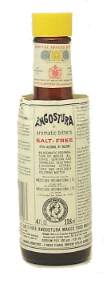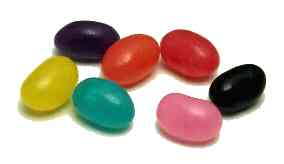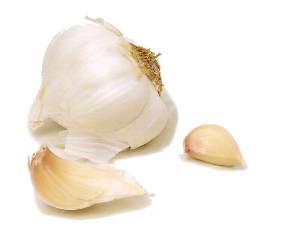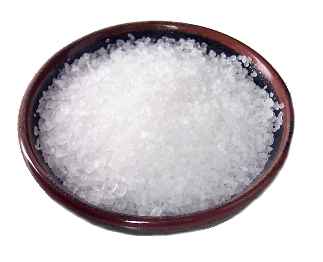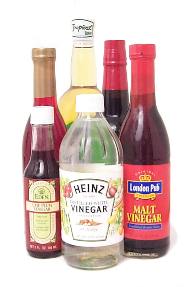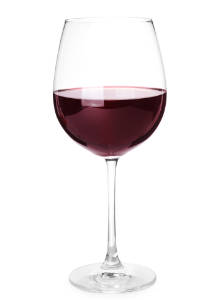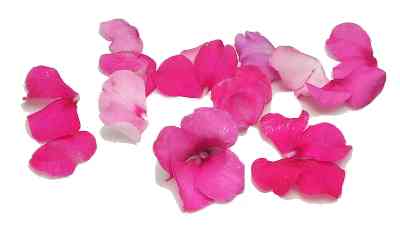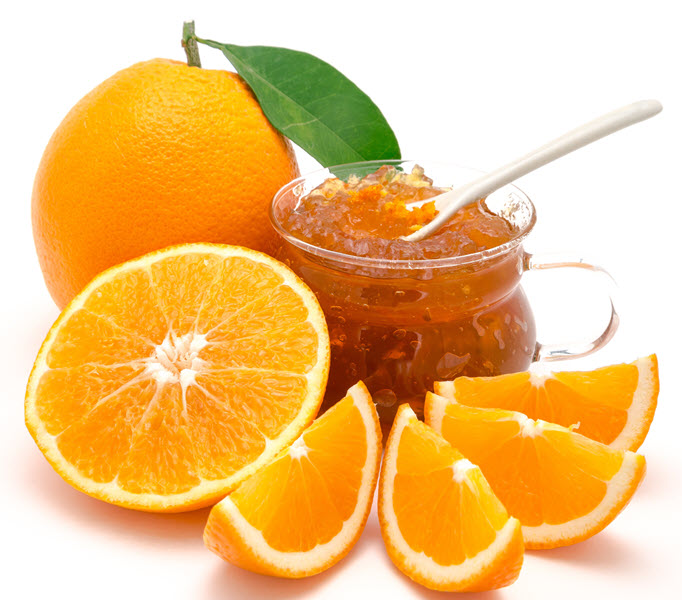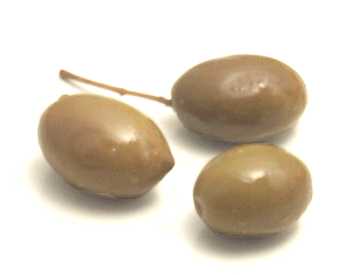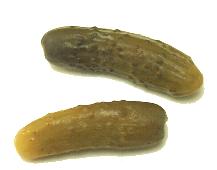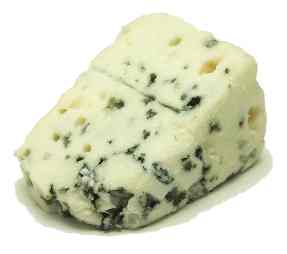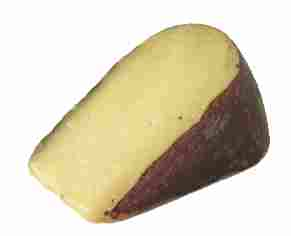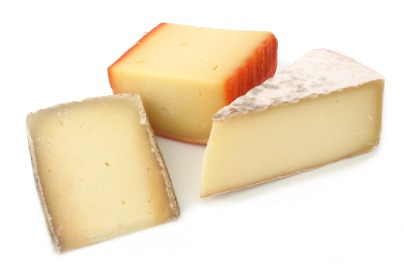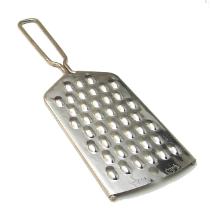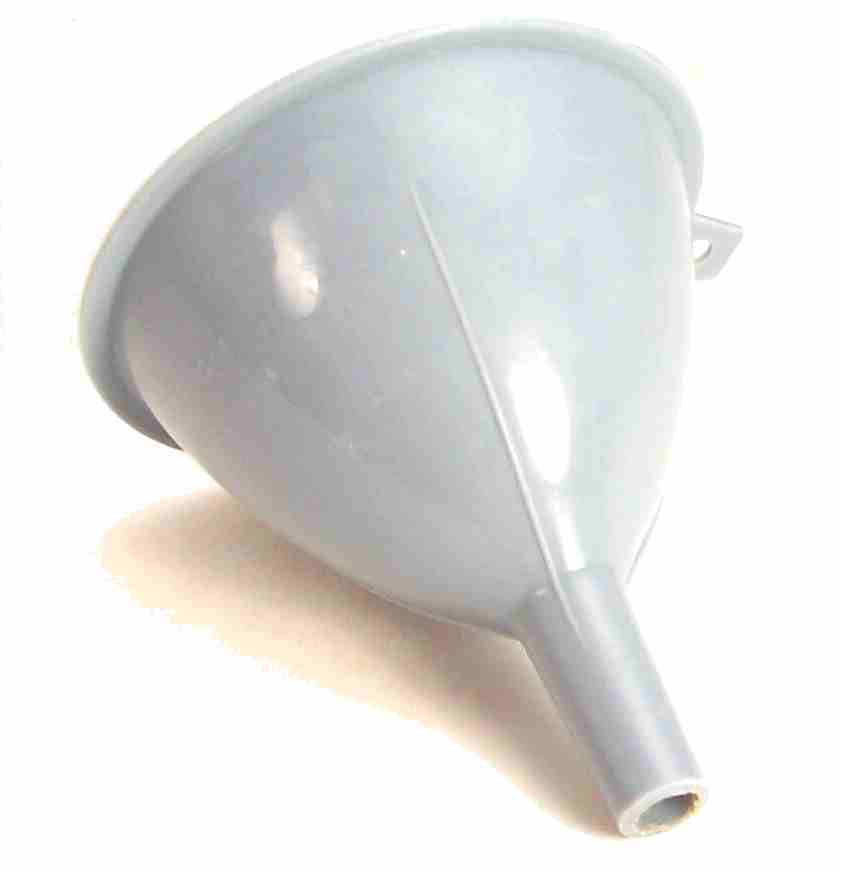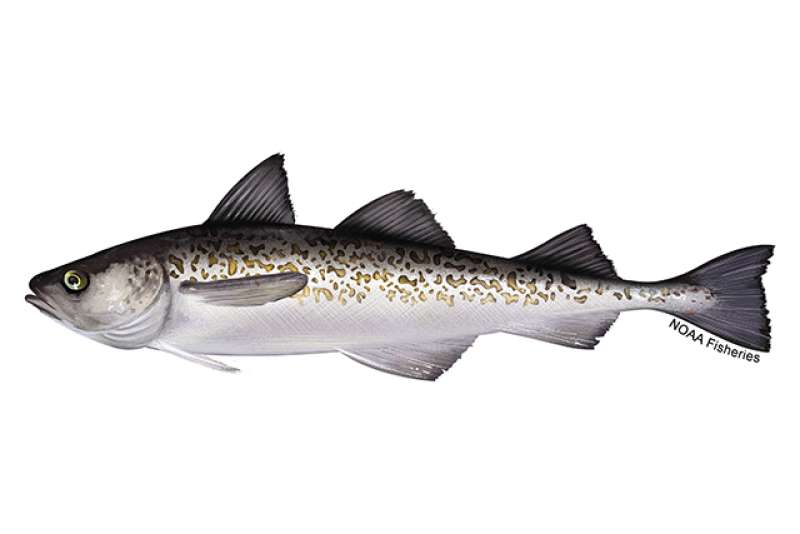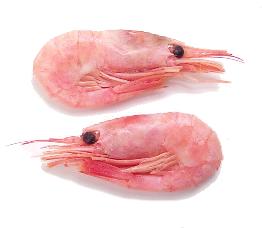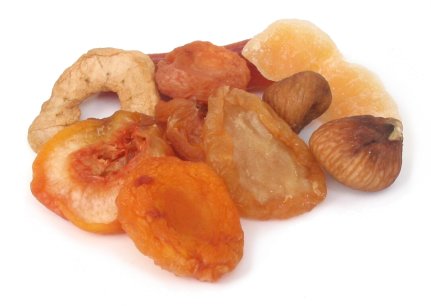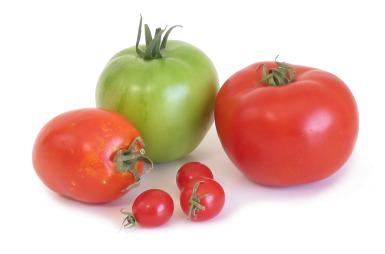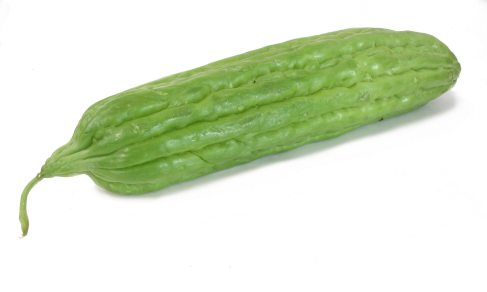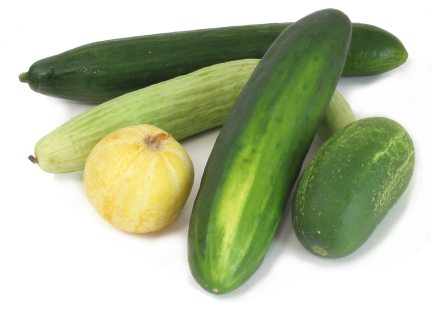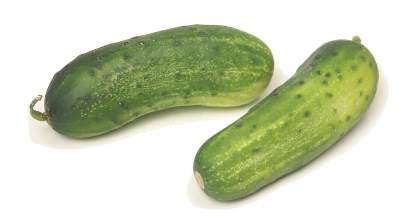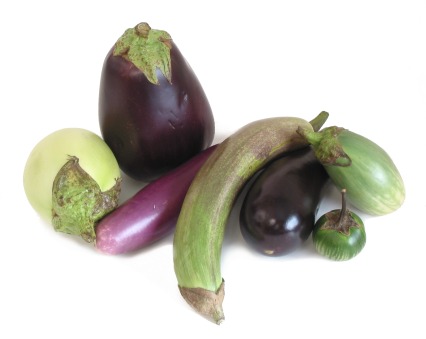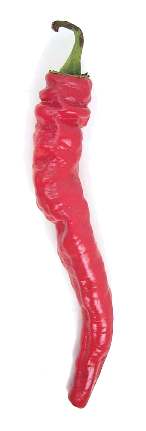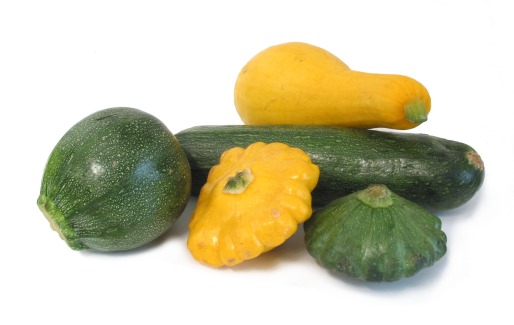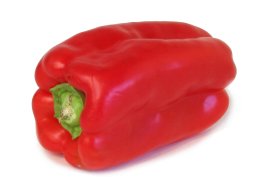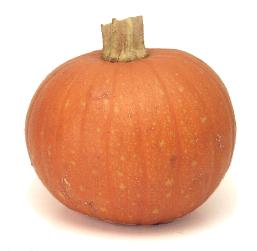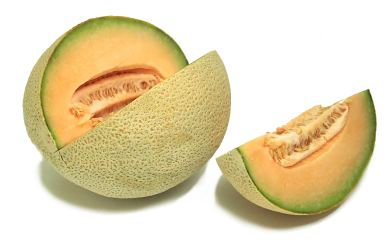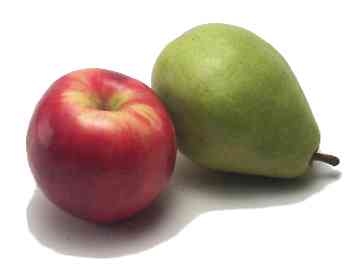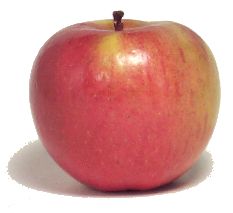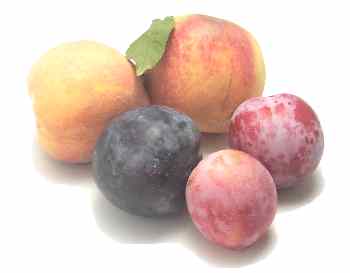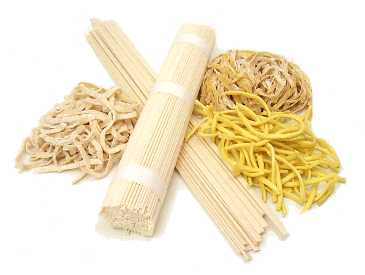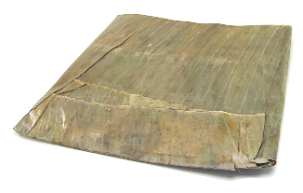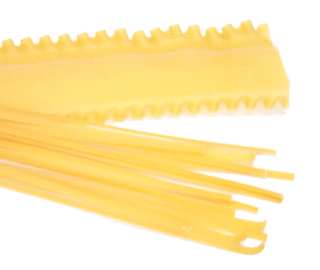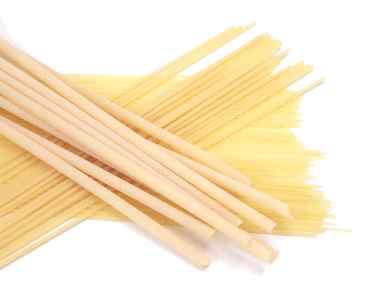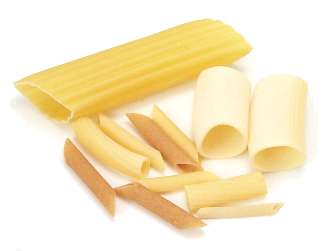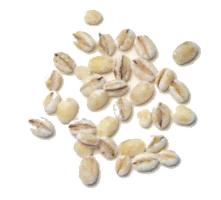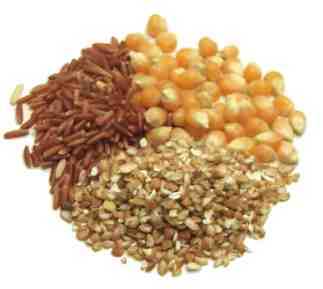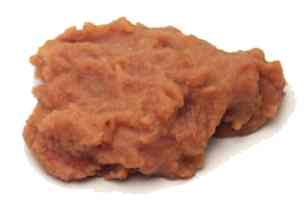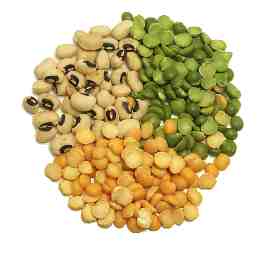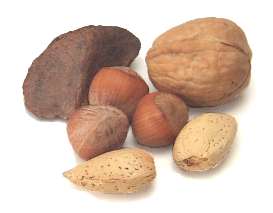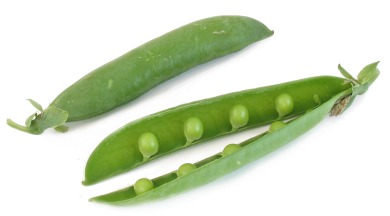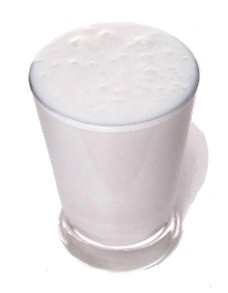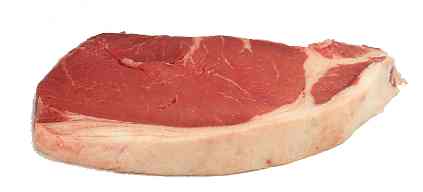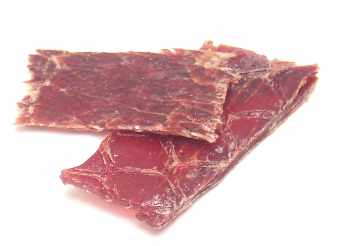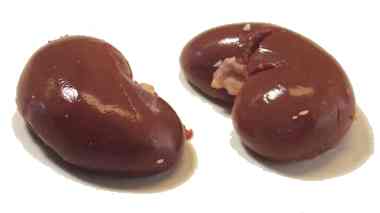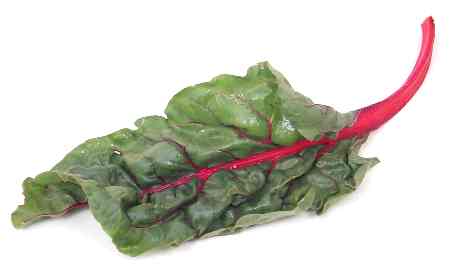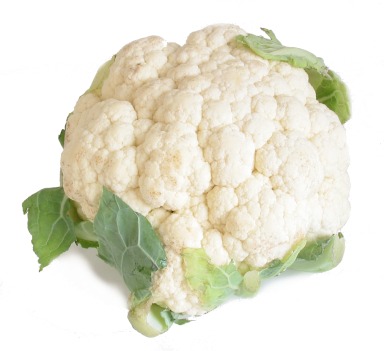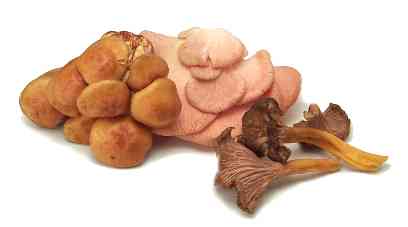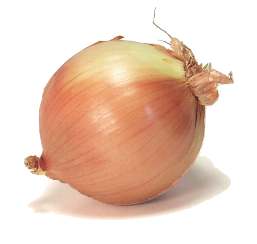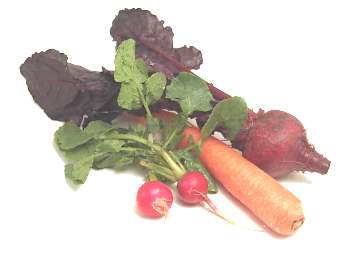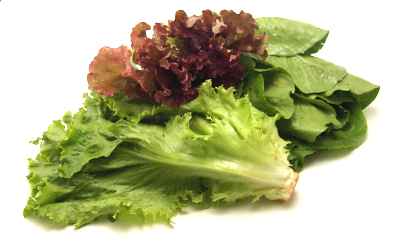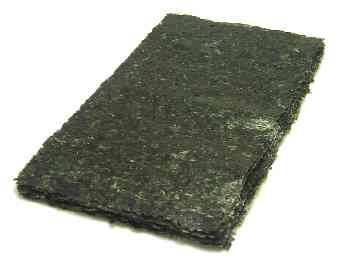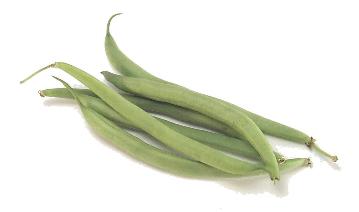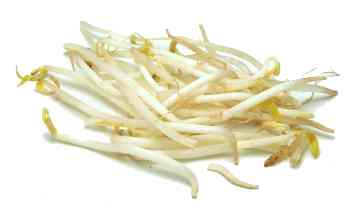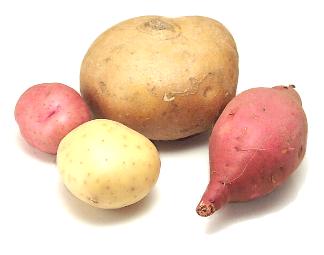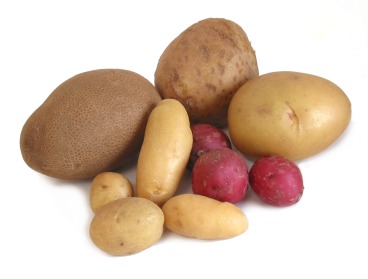Flavorings Category
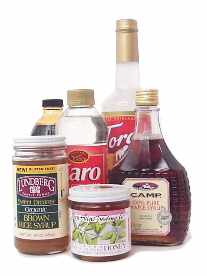
Includes sweeteners, herbs, spices, chocolate, and extracts.
Rose's lime juice
This British concoction is a syrup based on key lime juice. It's often called for in gimlets and other drink recipes.
Learn morerosemary
The Italians are particularly fond of this pungent herb with its needle-like leaves. They often use it to flavor meats and tomato sauces. Rosemary stems, stripped of their leaves, can also be used as skewers for kabobs. Dried rosemary is an excellent substitute for fresh.
Learn morerum extract
This is used to impart the flavor of rum without the alcohol. Though rum extracts are made with alcohol, such a small amount is needed in any recipe that the end product is virtually non-alcoholic. If you're a stickler, though, non-alcoholic rum extracts are also available, as are Passover rum extracts.
Learn moresafflower
Marketers often call safflower "saffron," but it bears little resemblance to the real thing, except that it imparts a weak, saffron-like color to food. It has very little flavor.
Learn moresaffron
To make a pound of saffron, over two hundred thousand stigmas from crocus sativus flowers must be harvested by hand. That's why saffron is the world's most expensive spice, and also why so there are so many fakes on the market. Fortunately, a little of the good stuff goes a long way--it only takes a few threads to add saffron's distinct yellow color and earthy aroma to a family meal of paella or bouillabaisse. You can buy saffron either as as unprocessed stigmas (called saffron threads) or powdered. The threads should be red with orange tips. Threads lacking orange tips may be dyed, so avoid them. The quality of powdered saffron is measured by its Minimum Coloring Strength. The higher the Minimum Coloring Strength, the less saffron you need to use. A typical level is 180, and a level of 220 or higher is quite good. Some cooks prefer the threads to the powder, since it's hard to detect if the powder has been adulterated. Powdered saffron, though, is easier to use, since it can be added directly to a dish, while the threads need to be steeped in hot water first.
Learn moresage
Sage is often combined with other strong herbs to flavor meat dishes and poultry stuffings. Use it sparingly; a little goes a long way. Dried sage is an excellent substitute for fresh.
Learn moresake
This is a Japanese rice wine, or more correctly, beer. It's usually served warm in tiny porcelain cups, but some trendy American restaurants served it chilled like white wine. Sake doesn't age well in the bottle and should be consumed within a year of bottling.
Learn moreSalt
Most recipes that call for salt are referring to table salt, which has additives like iodine (to prevent a thyroid disease), and an anti-caking agent so the salt won't get lumpy in humid weather. Salt connoisseurs, though, often prefer to use Kosher salt for cooking, and sea salt for table use. They claim that both have a softer flavor than table salt. Exotic salts include the expensive French and Hawaiian sea salts, the smoky, sulfuric Indian black salt, and the intensely salty Korean bamboo salt. Specialized salts include pickling salt, which is free of the additives that turn pickles dark and the pickling liquid cloudy, and rock salt, used primarily to de-ice driveways and make ice cream. Tips: Adding salt to water will raise the temperature at which it boils and lower the temperature at which it freezes. Though we need some salt in our diet, most Americans consume much more than necessary. Too much salt can lead to high blood pressure. Salt is a terrific flavor enhancer, helping to reduce bitterness and acidity, and bringing out other flavors in the food. Adding salt to bread dough controls the action of the yeast and improves the flavor. Bread made without salt will have a coarser texture and a blander flavor than bread made with salt. Try sprinkling salt on citrus fruit, melons, tomatoes, and even wine to enhance flavor. Adding a little salt balances the flavor of sweets like cakes, cookies, and candies. Boiling eggs in salted water makes them easier to peel. Adding a pinch of salt (preferably non-iodized) to cream or egg whites before they're whipped increases their volume and serves as a stabilizer. Salt is a mineral, so it can be stored indefinitely without going stale. It won't taste any fresher if you grind it with a salt mill. Salt has been used for millennia as a preservative for meats, fish, cheese, and other foods. It works by absorbing moisture from the cells of bacteria and mold through osmosis, which kills them or leaves them unable to reproduce. Salting slices of eggplants helps draw out the bitter juices. Sprinkling salt on meat before broiling or grilling it draws moisture from the center, making it browner on the outside, but less juicy on the inside.
Learn moresalt substitute
Some salt substitutes are herbal blends, which enhance the flavor of food without salt. You can buy these in the spice section of your supermarket or make your own--the Internet abounds with recipes for homemade salt substitutes. Other commercial salt substitutes, like No Salt®, Salt Substitute®, Cardia®, and Lite Salt®, replace some or all of the sodium chloride (ordinary salt) with potassium chloride, which has a slightly bitter taste. These substitutes are sometimes recommended for people on sodium-restricted diets. It's recommended that you consult a physician before using these products, especially if you have diabetes or kidney disease, or if you're taking diuretics or potassium supplements, or if you're on a potassium restricted diet. Look for them in the spice section of your supermarket, or in pharmacies.
Learn moresambal manis
This Indonesian sauce is used for dipping and stir fries. It's fairly spicy, but milder than sambal oelek.
Learn moreSangiovese
This is the red grape variety that's often blended with Cabernet Sauvignon to make Italian Chianti. California Sangiovesi are hearty and good with Italian food. The quality of this wine varies tremendously, but a good Sangiovese is sublime.
Learn moreSauternes
Sauternes is a district in France that produces exquisite and expensive white dessert wines. The district includes the commune Barsac, which produces some of the best Sauternes. Sauternes are sweet and are delicious with blue cheese, pâté de foie gras, and light desserts, though they should never be served with chocolate. Don't confuse Sauternes with Sauterne, which is a cheap domestic imitation.
Learn moreSauvignon blanc
This light white wine is often described as having a "grassy" flavor. It's terrific with seafood, poultry, and other delicately flavored dishes.
Learn moresavory
This herb has a strong, peppery flavor, and it's often used in Mediterranean countries to flavor beans, mushrooms, vegetables, and meats. There are two varieties: winter savory and the milder summer savory. Winter savory is best suited to slowly cooked dishes like stews.
Learn moreschnapps
In the United States, schnapps are flavored liqueurs based on neutral spirits. The flavorings vary widely, and include peppermint schnapps, root beer schnapps, peach schnapps, and cinnamon schnapps. These flavored schnapps can be sweet or dry, but most are sweeter and lighter than a typical liqueur. In Germany and Scandinavia, schnapps refers to any spirit that's dry and potent, like kirsch and aquavit.
Learn morescrewpine leaf
These sword-shaped leaves are about two feet long. Look for plastic bags of folded leaves among the frozen foods in Asian markets.
Learn moresea salt
This salt comes from evaporated sea water, and contains minute amounts of magnesium, calcium, and other minerals. Since the government requires that salt sold for table use in the United States contain at least 97.5% pure salt, these minerals don't amount to much, though some pricey French sea salts have higher concentrations. While tossing a teaspoon of sea salt into a half gallon of marinara sauce isn't going to have an appreciable effect on its nutritional value, some gourmets say that they can taste the difference and that sea salt has a cleaner, saltier flavor compared to table salt. Don't use sea salt for canning or pickling--the trace minerals may discolor the food. It's also not the best choice for baking--the grains are too large.
Learn moreseasoned rice vinegar
Accomplished Asian cooks who find this in your pantry are likely to purse their lips, just as Italian cooks would over a packet of spaghetti sauce mix. So keep it well hidden. It's lightly flavored with sugar and salt, and saves time when making sushi. You can also use it to dress salads, vegetables, and other dishes.
Learn moreseeds
The category "seeds" includes not just the familiar sunflower and pumpkin seeds, but also legumes, nuts, and grains, as well as many spices.
Learn moresemi-sweet chocolate
Americans like this best for their cookies and brownies. It's available in bars, chunks, and chips. Mint-flavored semi-sweet chips are also available.
Learn moreSémillon
This is a grape variety that's sometimes developed into a dry white wine, sometimes into a excellent dessert wine.
Learn moresesame butter
This is a paste made from toasted black (i.e., unhulled) sesame seeds. It's similar to sesame paste, but thicker and darker. Once you've opened it, store it in the refrigerator unless you plan to use it up within a week or so.
Learn moresesame leaf
This comes from the same plant that gives us sesame seeds. Koreans use them to wrap packets of meat or as a fresh herb.
Learn moresesame paste
This is a paste made from ordinary white sesame seeds. It's used in the Middle East to make hummus, baba ghanouj, and sauces. The oil tends to rise to the top, so stir before using. Once you've opened it, store it in the refrigerator unless you plan to use it up within a week or so.
Learn moresesame seed
These nutritious seeds have a mild, nutty flavor. They're commonly used in baked goods, Asian stir-fries, and Middle-Eastern candies. European recipes for sesame seeds are usually referring to white sesame seeds, but Indian and Asian recipes sometimes intend for you to use the more pungent black sesame seeds. Substitutes: pumpkin seeds
Learn moreShaoxing wine
Chinese rice wine varies in quality, so cookbooks often specify Shaoxing rice wine, which is quite good. The Chinese drink it from small porcelain cups, in the same way that the Japanese drink their sake. Shaoxing cooking wine may be salted.
Learn moresherry
This fortified Spanish wine is typically served in small glasses before dinner, but many cooks also keep a bottle handy in the kitchen to perk up sauces, soups, and desserts. There are two categories of sherry: fino and oloroso. Fino sherry = Palma sherry is dry, fruity, and expensive. Examples of fino include the exquisite Manzanilla and the potent and nutty Amontillado. Oloroso sherry is more heavily fortified than fino. Examples include Amoroso and cream sherry, both of which are sweetened and especially popular in Britain. Once bottled, sherry doesn't age well, so you should plan to use it no more than a year or two after you buy it. Once opened, fino sherries should be consumed within a few days and stored in the refrigerator. Oloroso sherries can be stored a bit longer, say a week. Cooking sherry usually has added salt, and is shunned by more experienced cooks.
Learn moresherry vinegar
Sherry vinegar is Spain's answer to balsamic vinegar. It's assertive yet smooth, and great for deglazing pans and perking up sauces, especially those that will accompany hearty meats like duck, beef, or game. The most expensive sherry vinegars are aged for a long time in wood casks.
Learn moreshichimi togarashi
Shichimi togarashi is a mix of seven spices that's often sprinkled on soups and noodles.
Learn more
